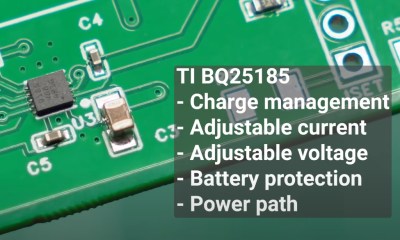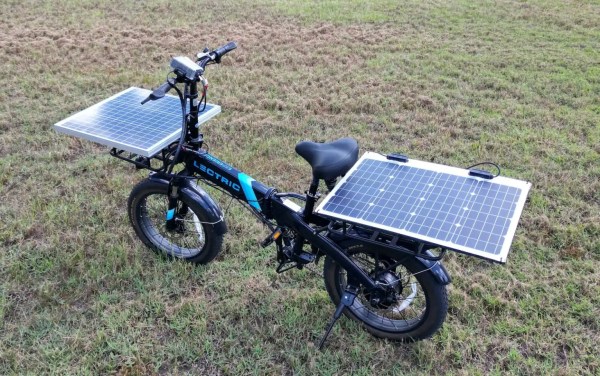The TP4056 is the default charge-controller chip for any maker or hacker working with lithium batteries. And why not? You can get perfectly-functional knockoffs on handy breakout boards from the usual online sources for pennies. Betteridge’s Law aside, [Lefty Maker] thinks that it may well be time to move on from the TP4056 and spends his latest video telling us why, along with promoting an alternative.
His part of choice is another TI chip, the BQ25185. [Lefty] put together his own charge controller board to show off the capabilities of this chip — including variable under- and over-charge protection voltages. Much of his beef with the TP4056 has less to do with that chip than with the cheap charge modules it comes on: when he crows about the lack of mounting holes and proper USB-PD on the knock-off modules, it occurs to us he could have had those features on his board even if he’d used a TP4056.
 On the other hand, the flexibility offered by the BQ25185 is great to future-proof projects in case the dominant battery chemistry changes, or you just change your mind about what sort of battery you want to use. Sure, you’d need to swap a few resistors to set new trigger voltages and charging current, but that beats starting from scratch.
On the other hand, the flexibility offered by the BQ25185 is great to future-proof projects in case the dominant battery chemistry changes, or you just change your mind about what sort of battery you want to use. Sure, you’d need to swap a few resistors to set new trigger voltages and charging current, but that beats starting from scratch.
[Lefty Maker] also points out some of the advantages to making your own boards rather than relying on cheap modules. Namely, you can make them however you want. From a longer USB port to indicator LEDs and a built-in battery compartment, this charging board is exactly what [Lefty Maker] wants. Given how cheap custom PCBs are these days, it’s not hard to justify rolling your own.
The same cannot be said of genuine TI silicon, however. While the BQ25185 has a few good features that [Lefty Maker] points out in the video, we’re not sure the added price is worth it. Sure, it’s only a couple bucks, but that’s more than a 300% increase!
We’ve seen other projects pushing alternative charge controllers, but for now the TP4056 reigns as the easy option.

















